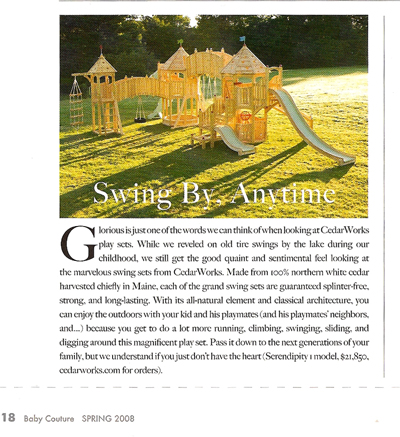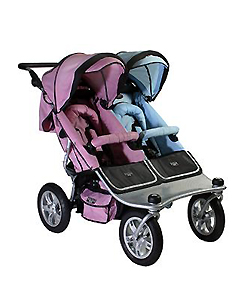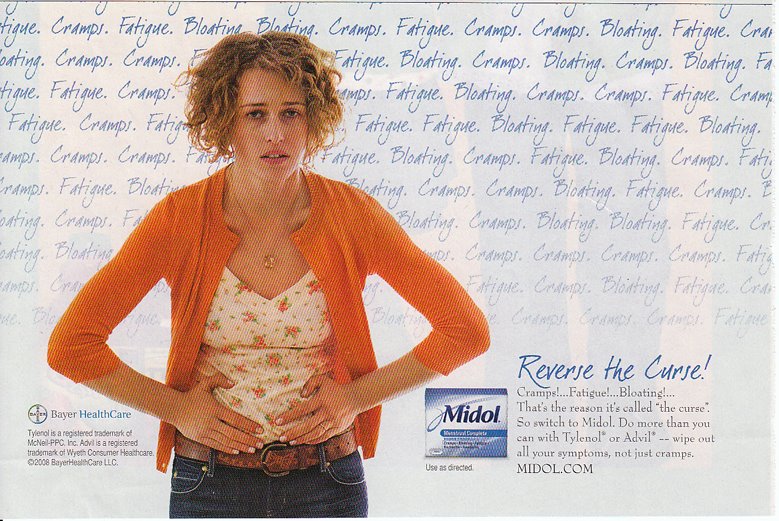Ed L. sent us this British ad for McCoys crisps (chips, here in the U.S.), which reinforces gender boundaries. Not only are men not supposed to like (or perform) ballet, but even knowing a small fact about it makes a man so unmasculine that he’s no longer worthy to hang out with other men. Also, at the end we learn they’re “Man Crisps.”
Thanks, Ed!
Also, Rick T. and Penny R. sent in this Snickers ad, which features Mr. T mocking and shooting at an effeminate male speedwalker:
[youtube]https://www.youtube.com/watch?v=OkT_d2OTgv0[/youtube]
According to Mr. T, the speedwalker is “a disgrace to the man race” and “it’s time to run like a real man.” After having Snickers shot at him, the speedwalker does, indeed, run. And then the tagline: “Snickers: Get Some Nuts.”
The A.V. Club reports that the ad was pulled from the air in Britain after complaints that it was homophobic. The A.V. Club article has three other Snickers commercials starring Mr. T, including this one:
Here we learn that “It’s time to teach you fools some basic man rules,” which consist of the following:
Men like sports, girls in cars.
Men don’t go to fancy cocktail bars.
Real men have fun when they out.
They don’t go to wine bars to pose and pout.
So fools, you better change,
or you face is somethin’ I’ll rearrange.
Apparently real men do like poetry, anyway.
This would be good for a discussion of gender and the policing of masculinity, as well as the way that men who cross those boundaries–or even stray near them–risk ridicule or even outright abuse (if they’re lucky, Mr. T might advocate just pitying them, not actually rearranging their faces). It’s also useful for a discussion of what type of man is defined as a “real” man–apparently only men who like sports and girls, don’t drink wine, and know better than to pose. While this clearly excludes gay men, it also excludes many straight men. There’s a certain class element here–presumably “real” men drink beer, not wine, a drink generally more popular among those with higher incomes. All those men–gays, wine-drinkers, and pouters–just need to get some freakin’ nuts.
Thanks, Rick and Penny, for sending it along!
Gwen Sharp is an associate professor of sociology at Nevada State College. You can follow her on Twitter at @gwensharpnv.






